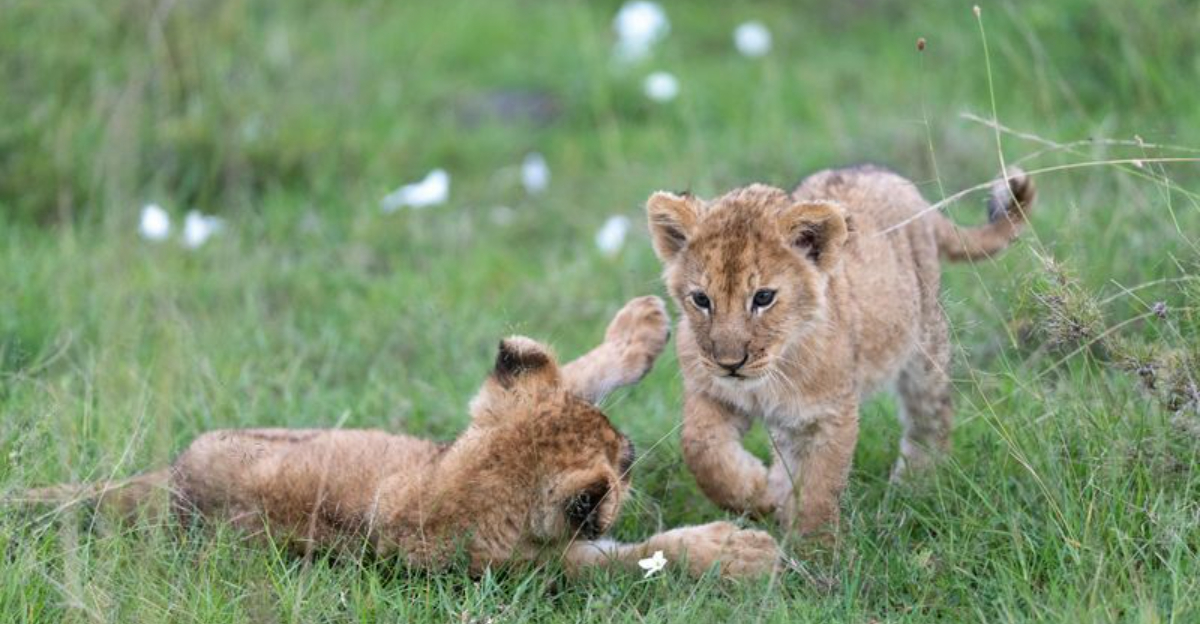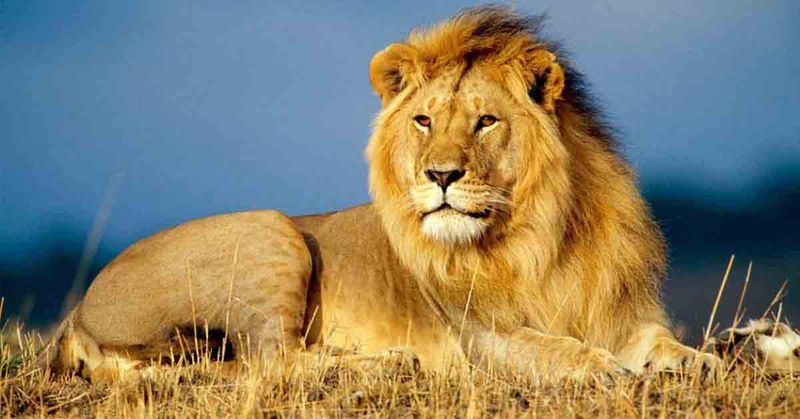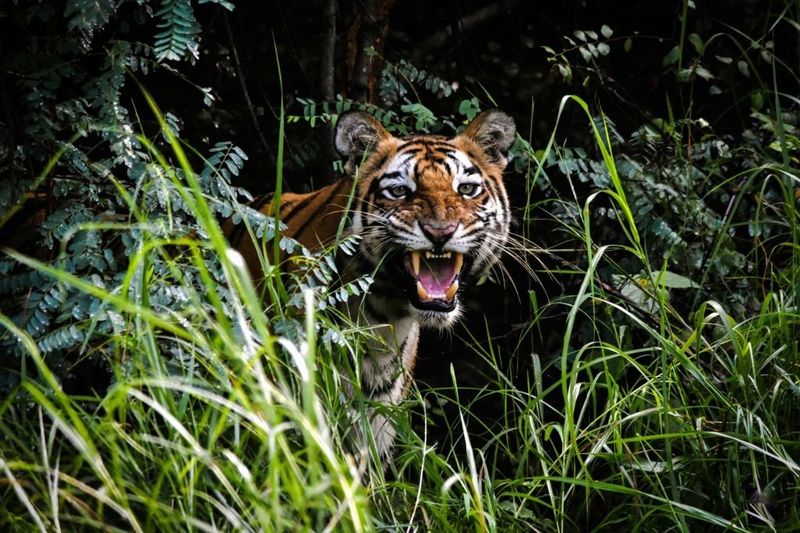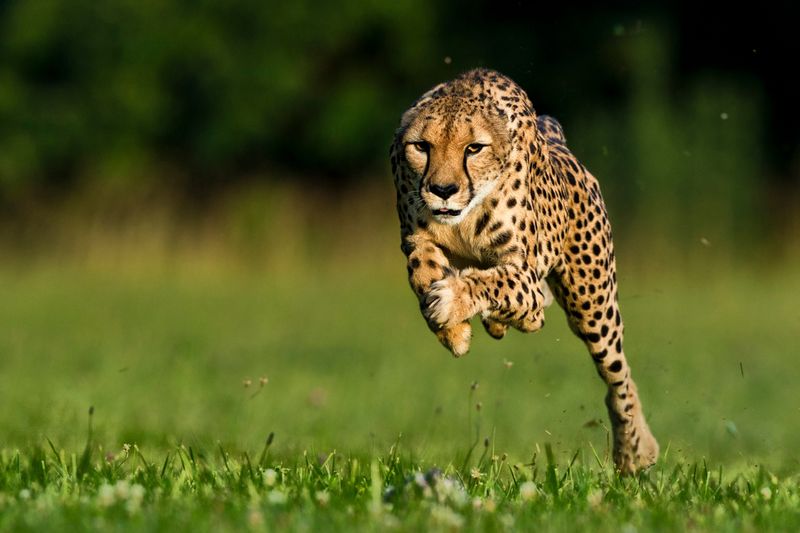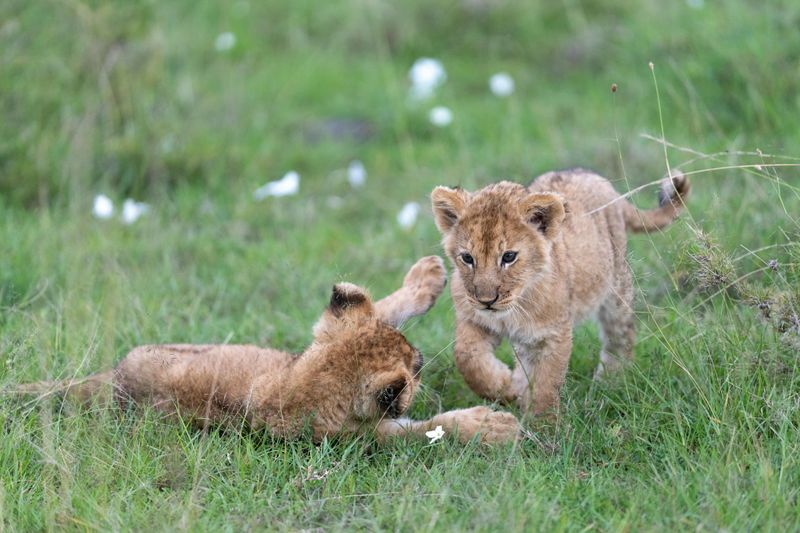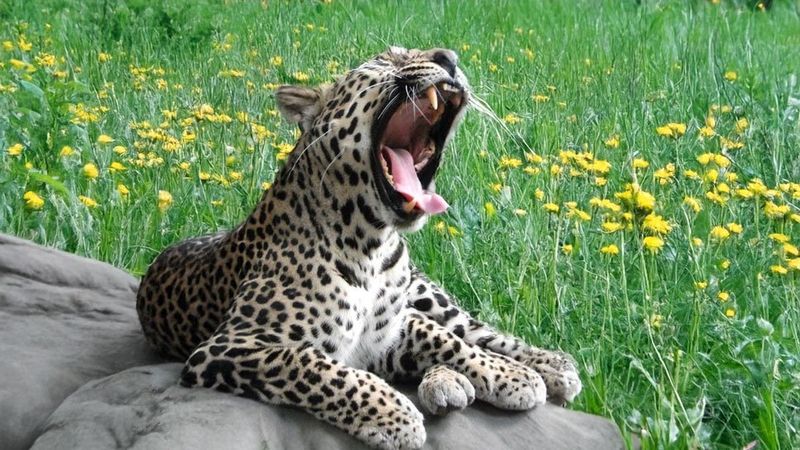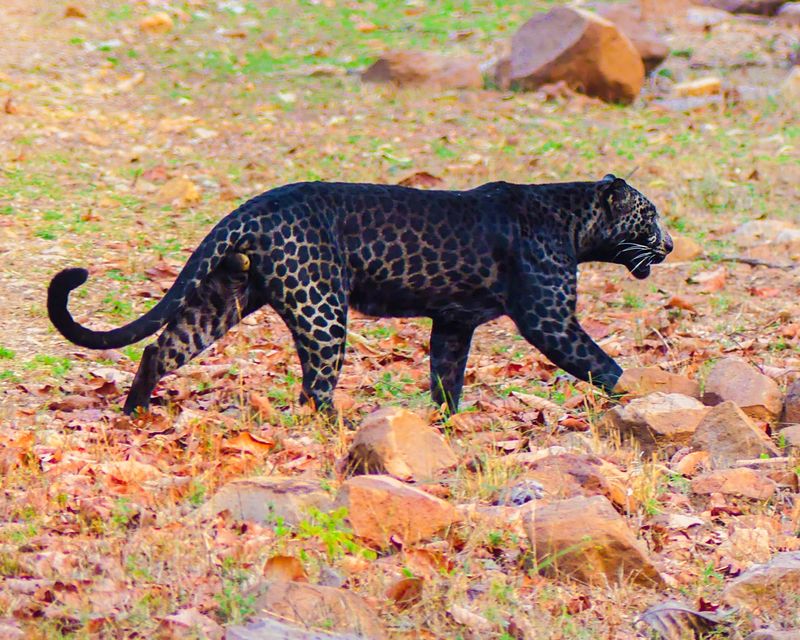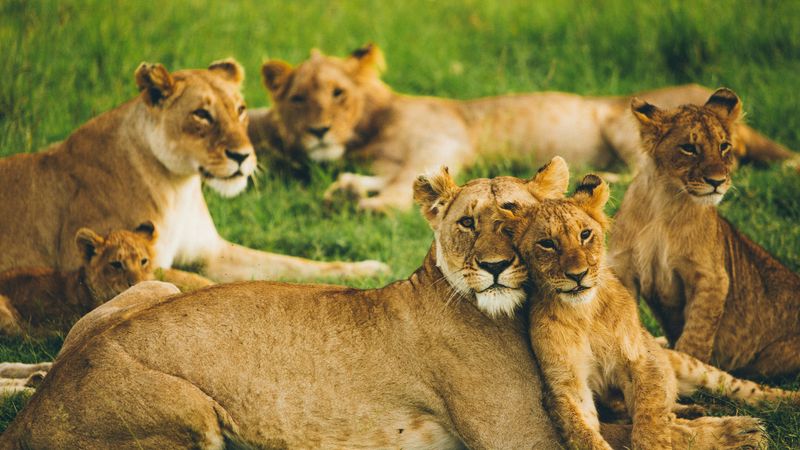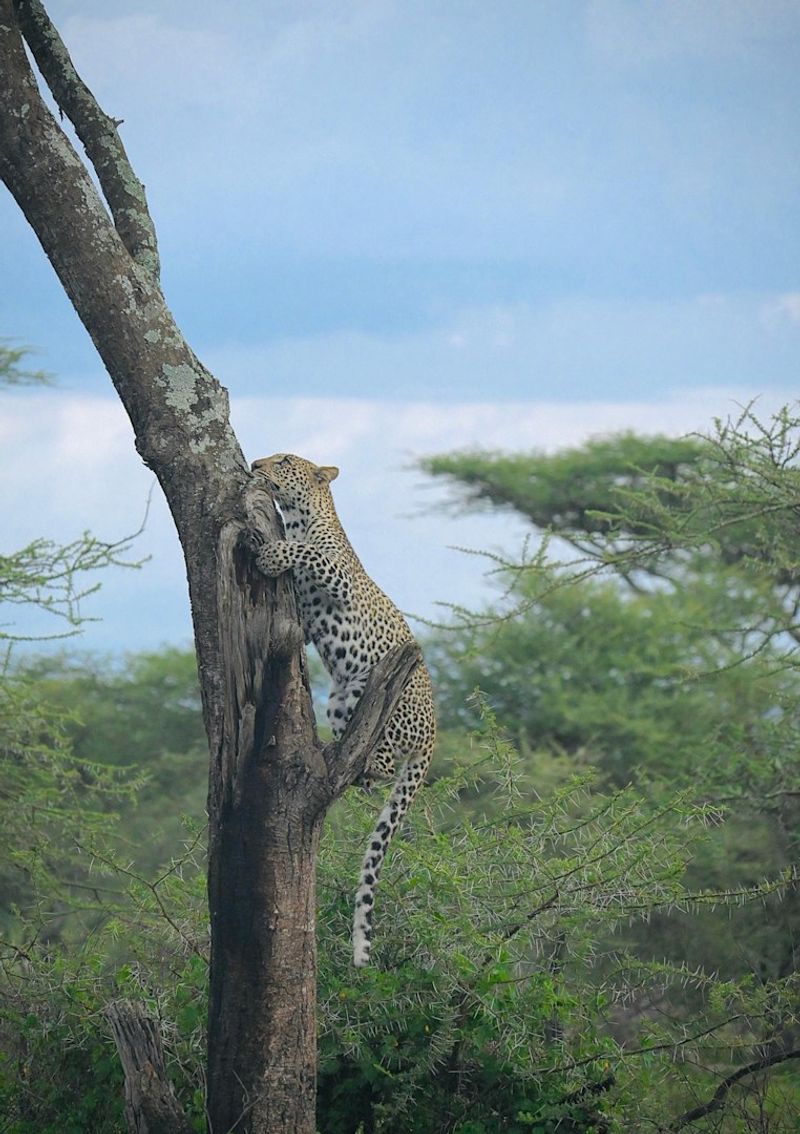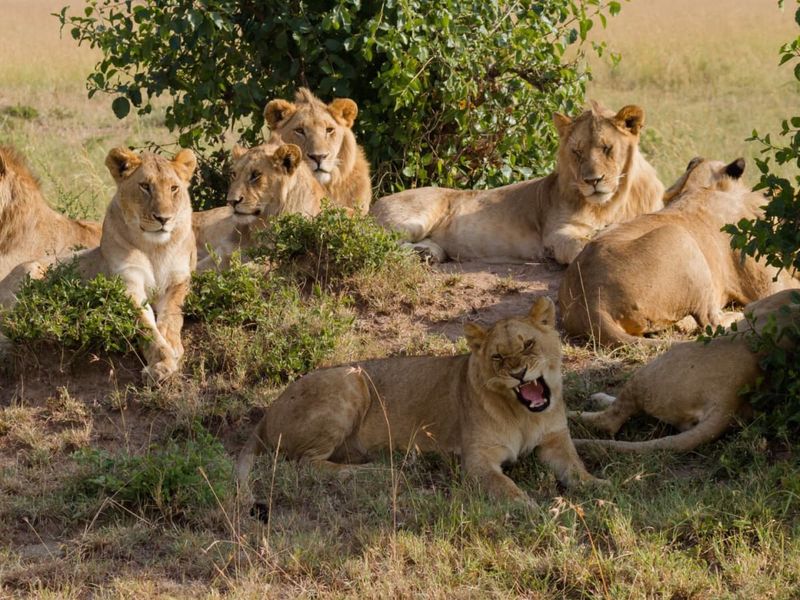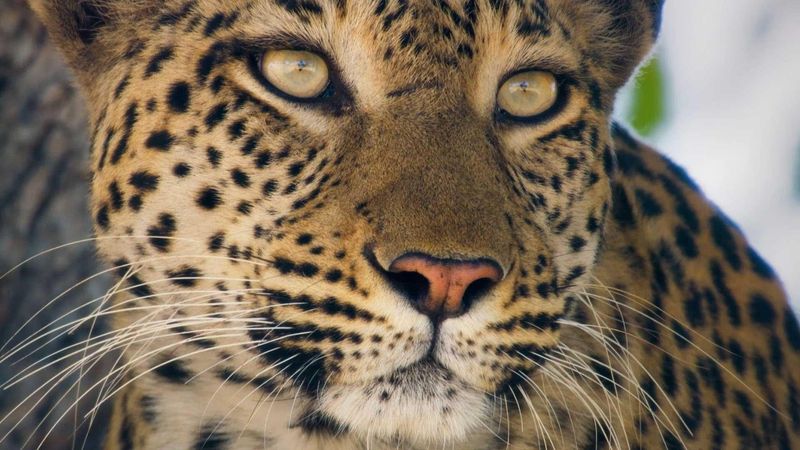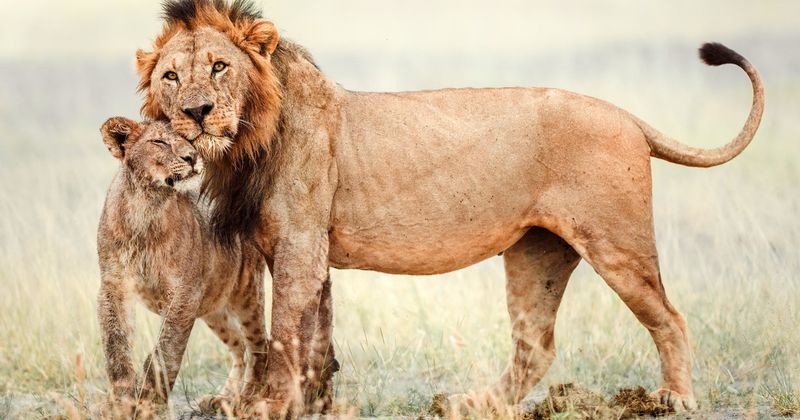📖 Table of Content:
- 1. Lions Are the Kings of the Jungle
- 2. Tigers Are Ferocious Man-Eaters
- 3. Cheetahs Are the Fastest Animals in the World
- 4. Big Cats Are Just Like Domesticated Cats, Only Bigger
- 5. Leopards Can’t Roar Like Lions
- 6. Black Panthers Are a Separate Species
- 7. Big Cats Are Solitary and Antisocial
- 8. All Big Cats Are Excellent Tree Climbers
- 9. They All Roar Loudly
- 10. Big Cats Hunt Only at Night
- 11. They’re Safe in Zoos and Don’t Need Conservation
Big cats have long captivated the human imagination. From ancient folklore to modern documentaries, they’re often portrayed as fierce, mysterious, and majestic rulers of the animal kingdom. But with their grandeur comes a jungle of myths that cloud our understanding of these incredible creatures.
Popular culture has helped shape our perceptions—some accurate, others wildly off-base. Whether it’s the idea of a “king of the jungle” or the belief that panthers are a distinct species, these misconceptions persist across generations and borders. Sadly, they can contribute to misunderstanding the animals and even misinform conservation efforts.
In this article, we’ll explore 11 of the most widespread myths about big cats and how they behave. These aren’t just fun facts; debunking them can help us better appreciate the complexity and diversity of wild feline behavior. Let’s take a walk on the wild side—myth-busting style.
1. Lions Are the Kings of the Jungle
Despite the iconic title, lions don’t actually live in jungles. Their natural habitat is mostly open grasslands and savannas, where visibility is crucial for hunting. The phrase “king of the jungle” is more metaphorical, reflecting the lion’s regal appearance and commanding presence rather than its physical location. This widespread phrase likely originated from literature and storytelling rather than ecological fact. In contrast, species like tigers are the ones that thrive in dense forests and jungles. Mislabeling habitats can cause confusion in conservation messaging and educational materials. It’s essential to get the geography right when talking about wildlife.
2. Tigers Are Ferocious Man-Eaters
Rare instances of tiger attacks on humans have helped fuel this chilling myth. In reality, most tigers have no interest in people and prefer to avoid them altogether. When attacks do occur, they often involve injured, elderly, or cornered tigers whose natural prey is scarce. Human encroachment into their habitats plays a major role in escalating such conflicts. Labeling all tigers as dangerous man-eaters is not only unfair but also threatens their conservation. It fosters fear rather than empathy and prevents meaningful dialogue about coexistence. Education is key to shifting the narrative away from fear-based misinformation.
3. Cheetahs Are the Fastest Animals in the World
It’s true that cheetahs are the fastest land animals, capable of reaching speeds up to 70 mph in short bursts. However, they don’t hold the title across all animal species. Birds like the peregrine falcon can dive at speeds over 200 mph, dwarfing the cheetah’s sprint. The nuance lies in context: “fastest” can mean different things depending on terrain and technique. Cheetahs use their speed with precision, chasing down prey in high-stakes, energy-intensive hunts. Misconceptions like this flatten the fascinating diversity of speed in the animal kingdom. Clarifying these details makes the truth even more impressive.
4. Big Cats Are Just Like Domesticated Cats, Only Bigger
At first glance, it might seem logical to assume that a lion is simply a jumbo-sized housecat. However, that assumption falls apart under closer scrutiny. Unlike domestic cats that have evolved alongside humans for thousands of years, big cats are entirely wild and operate under completely different biological and behavioral frameworks. Their social systems, survival strategies, and interactions with their environments are far more complex. A lion’s roar carries miles across the savanna, something your tabby could never manage. While they do share some feline instincts—like pouncing and grooming—the similarities end there. Treating them as oversized pets is not only inaccurate but also dangerous.
5. Leopards Can’t Roar Like Lions
Contrary to popular belief, leopards are fully capable of roaring—though their roar is quite different from that of a lion. Their vocalizations are often described as a harsh rasp or a deep, sawing sound rather than the deep bellowing roar of their cousins. This difference has led to the false notion that they’re silent predators. While they may not be as loud or theatrical, leopards are communicative creatures, using a variety of sounds to mark territory or find mates. They also grunt, hiss, and even make a bark-like call when threatened. Their subtler approach doesn’t mean they’re any less expressive. In fact, it reflects a stealthier lifestyle that favors solitude.
6. Black Panthers Are a Separate Species
“Black panther” might sound like an exotic, standalone species, but it’s actually a general term for melanistic leopards or jaguars. Melanism is a genetic mutation that causes an overproduction of pigment, giving the animal its signature dark coat. Beneath that inky fur, the usual rosette patterns of leopards or jaguars are still visible. It’s fascinating that this single trait has inspired an entirely fictional species classification. Because the term isn’t taxonomically correct, using it in scientific contexts can cause confusion. Still, it persists in pop culture and common speech. Knowing the truth doesn’t make them less magical—just more accurately appreciated.
7. Big Cats Are Solitary and Antisocial
It’s often assumed that all big cats live and hunt alone, but that’s only partially true. While species like tigers and leopards are primarily solitary, lions are an important exception. They live in structured social groups called prides, often made up of related females and a few dominant males. These groups exhibit cooperative behaviors, from hunting to cub-rearing. Social bonds play a huge role in their survival and success. Ignoring these dynamics oversimplifies their behavior and misses the emotional complexity many of these animals display. In reality, big cat social structures vary widely by species and environment.
8. All Big Cats Are Excellent Tree Climbers
Not every big cat is a natural climber. Leopards and jaguars are famously adept at scaling trees, often dragging their kills up into the branches to keep them safe from scavengers. On the other hand, lions are generally ground dwellers and rarely climb, due to their size and weight. Tigers fall somewhere in between—they can climb but don’t often do so unless necessary. Cheetahs, with their lightweight bodies, prefer speed over height and lack the retractable claws that aid climbing. Believing all big cats are arboreal overlooks how specialized their adaptations are. It’s a case of different tools for different ecological niches.
9. They All Roar Loudly
Roaring is not a universal big cat trait. Only members of the genus Panthera—lions, tigers, leopards, and jaguars—possess the special laryngeal structure needed for true roaring. Cheetahs, in contrast, lack this anatomical feature and instead communicate with chirps, yelps, and purrs. This myth likely persists because of the dramatic emphasis placed on roaring in films and documentaries. In truth, vocalizations among big cats are diverse and species-specific. Roars serve many purposes, from warning rivals to calling pride members over long distances. Understanding this spectrum of sound opens up a deeper appreciation of their communication styles.
10. Big Cats Hunt Only at Night
Although it’s widely believed that big cats are strictly nocturnal, many are actually crepuscular—most active during the twilight hours of dawn and dusk. This timing gives them the advantage of low light without complete darkness, making it easier to ambush prey. That said, behavior can vary widely depending on climate, prey availability, and human disturbance. Tigers, for instance, may hunt during the day in remote forests, while leopards near human settlements prefer nighttime activity to avoid detection. The idea that all big cats are night stalkers is an oversimplification. Their adaptability is part of what makes them such effective predators.
11. They’re Safe in Zoos and Don’t Need Conservation
Seeing a tiger in a zoo might give the false impression that the species is safe. In reality, zoo populations represent a tiny fraction of global numbers and can’t replace wild ecosystems. Conservation efforts must focus on preserving natural habitats and reducing poaching and human-wildlife conflict. While responsible zoos can help with education and breeding programs, they are not the solution on their own. The illusion of safety often leads to public complacency. Without continuous efforts in the wild, some big cats could face extinction within our lifetimes. The battle for their survival happens far beyond the zoo enclosure.
